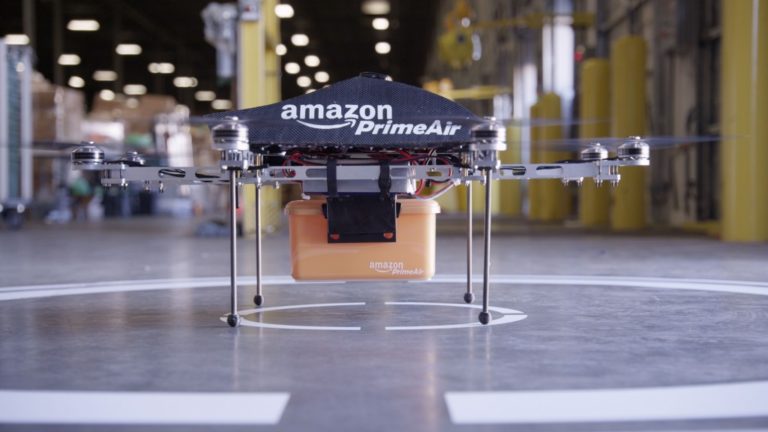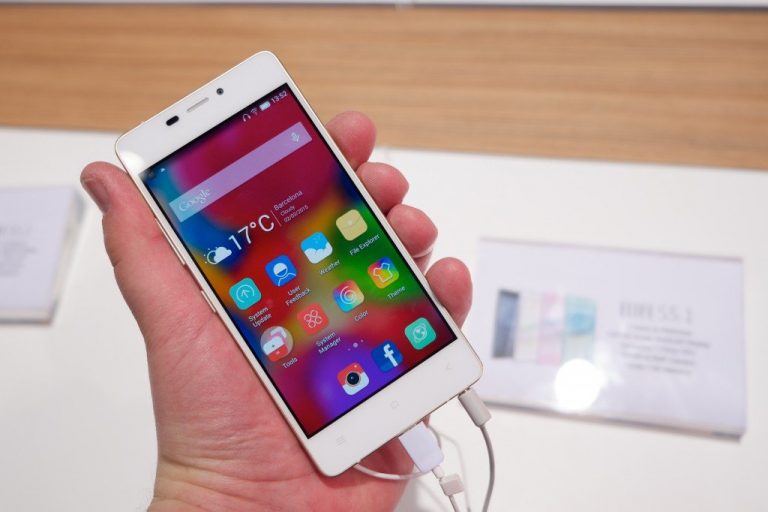Democratic Congressman Chaka Fattah was indicted along with four associates Wednesday on racketeering conspiracy charges involving the misuse of hundreds of thousands of dollars in federal grant money to further personal and political interests.
The five indictments detail schemes which include the acceptance of an illegal loan of $1 million for Rep. Fattah’s failed campaign for Mayor in 2007. The loan, from a “wealthy supporter”, was repaid by “charitable and federal grant funds” through a nonprofit which Fattah founded and controlled, said U.S. Attorney David Memeger.
Federal authorities went on to accuse Fattah, who represents parts of Philadelphia and Montgomery County, PA, of using his influence to seek a $15 million federal grant for a political consultant as part of a plan to “extinguish” a debt of $150,000 Fattah owed to him. Fattah also allegedly accepted an $18,000 bribe in return for his attempt to secure an ambassadorship or appointment to the U.S. Trades Commission for a lobbyist. Furthermore, Fattah was accused of using funds from his mayoral and congressional campaigns to repay a $23,000 student loan for his son, Chaka “Chip” Fattah, Jr.
Fattah roundly denied the charges, smiling as he told reporters in Washington, “I’ll stand by my previous statement that I’ve never been involved in any wrongdoing, any unlawful activity, any misappropriation of federal funds.
Fattah added “This is not Deflategate”, referring to the New England Patriots Super Bowl cheating scandal. Fattah said his work for his constituents was of primary importance, and that he would “try not to have it be a distraction.” Fattah’s lawyer Luther Weaver said that he could not provide comment since he had not yet seen the indictment.
Today’s indictments have been years in the making. Federal subpoenas have been issued to Fattah’s office,. and there has been much legal wrangling over access to work e-mails regarding cases against Fattah, Jr. and his two closest political advisors during Fattah’s mayoral campaign. Fattah has maintained his innocence throughout the investigations, saying that federal prosecutors were pursuing charges for personal reasons.
Fattah’s wife, NBC 10 News anchor Renee Chenault-Fattah, is currently on leave from her position, having been mentioned throughout the 85-page indictment, including as a participant in a scheme to falsely report the $18,000 sale of her Porsche Carrera Convertible to a lobbyist.
The other four persons indicted were Bonnie Bowser, Fattah’s chief-of-staff; Karen Nicholas, a former staffer; Herbert Vederman, a lobbyist and deputy mayor during the tenure of Philadelphia mayor Ed Rendell; and Robert Brand, who runs a technology company. Mr. Vederman’s attorney Catherine M. Recker said that he will plead innocent, accusing the government of cherry-picking facts “to support its cynical view of friendship and wrongly labeled it bribery.
Outside City Hall, Democratic Mayor Michael Nutter, a 35-year colleague of Fattah, praised the Congressman a longtime champion for the city and the nation.
“I’ve said many, many times…Chaka Fattah has probably helped more children go to college than any other member of the U.S. Congress,” Nutter said. He declined to comment further on the investigation, or on whether Fattah should step down from his seat.
Fattah earned further praise from U.S. House Minority Leader Nancy Pelosi, who called Fattah a “tireless and effective advocate for America’s hardworking families” and said she found the indictment “deeply saddening”. She told reporters that Fattah has already stepped down as the ranking Democratic member of the House Appropriations Subcommittee. Philadelphia Democratic Party Chairman Rep. Robert Brady called the indictment “a major loss for the city”, saying that hearing of the indictment on Wednesday morning “knocked [him] for a loop.”
Federal officials stressed the importance of the indictment. Leslie Caldwell, Assistant Attorney General in the Criminal Division of the Justice Department said “Corruption like what is charged today really shakes public confidence.”
Edward Hanko, the special agent-in-charge at the FBI’s Philadelphia Office, said “As citizens, we expect honest services from those elected to represent us at all levels of government.” He called the alleged crimes and subsequent cover-ups “a breach of the public trust.”



















